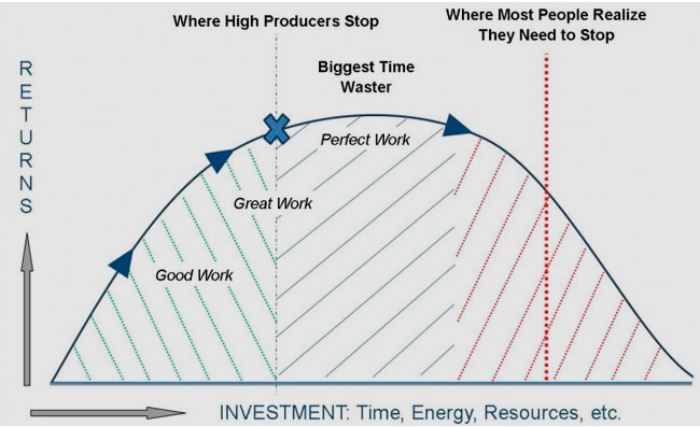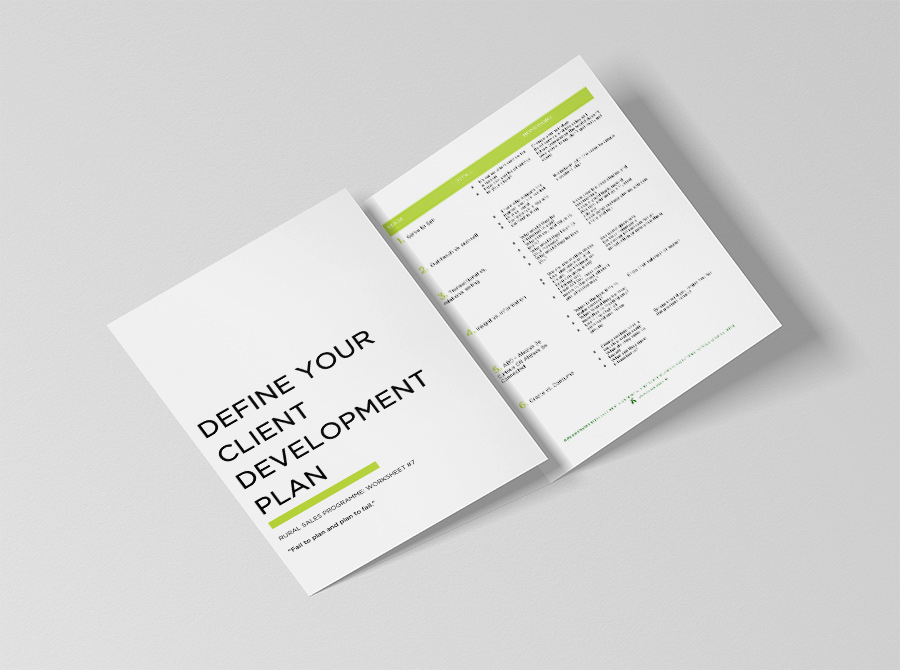Why Relying On Customer Surveys Alone Doesn’t Work
I’ve always been more interested in why people do what they do, not what they say. Because when you get past symptoms you can treat the root cause. As humans we always want to make sense of things. Yet the methods we use to understand why things are the way they are can vary greatly in their effectiveness.
Take our national obsession with election polls. We are addicted to understanding and predicting voting behaviour and electoral outcomes which on the whole have been largely accurate (except for Trump and Brexit results).
Good, self-aware rural companies are the same. They always want to find out how their customers are making purchase decisions, the processes they go through, what they’re thinking and feeling, who influences them most or why they might pay attention to some messages and not to others. All very valid territories.
Unfortunately many go about trying to answer such valuable questions in completely the wrong way thinking an online survey will do the trick. It’s easy to be seduced with an quick n’ easy fix where you can set up a member or customer survey from templates in a matter of minutes with questions that can be benchmarked. But easy doesn’t mean effective.
The biggest problem with standardised, template-driven surveys like this is they provide very shallow answers that come up short on detail and context. I often hear die hard quantitative researchers emphasis the “gold” clients can capture in open-ended free field questions or verbatim quotes. They’re worried educated clients will question the validity and depth of their responses. Whilst you can’t match the statistically robust sample size and margin of error you get with quant, you will be rewarded with far more gold when you opt for deeper, qualitative research.
Quantitative gives you the what, qualitative gives you the why.
The problem with quant is you get the results but it leaves you asking questions than answers, the most obvious one being why did they say that? What’s driving that statement? There’s no ability to probe or qualify their response in real time. Quantitative research surveys don’t give you context, they only give you a snapshot in time. Usually a rather fake one at that rather than a more natural investigation using qual. This lack of contextual learning inhibits a greater understanding of the real drivers behind customer’s belief systems and purchase decisions.
Every month I meet rural supply companies and industry associations who have no meaningful idea or accurate handle on how their customers or members perceive them. A lack of self-awareness can sometimes be more prevalent in companies than it is in humans (maybe because their cognitive bias helps shield them from some harsh realities?). These companies, left to deal in status quo, continue to make uninformed marketing decisions without any insight into how their customers think and feel which can either validate or nullify their marketing investment. They’re left guessing with a hit n’ hope strategy or one that’s stuck on repeat leading to the law of diminishing returns.

We live in a world of information yet often very little insight. It’s one of my biggest bug bears. Studies claim humans are exposed to over 500 competing messages a day which means our brains have become adept at filtering out noise and irrelevancy. Most of us in this over-communication era also suffer from survey fatigue (note to Air New Zealand – please stop sending me “How was your flight?” surveys). The problem with quantitative surveys is they often add to the noise and inbox overload. At best, a quantitative customer or membership survey represents a compliance exercise where the majority of willing respondents will quickly rush through it filling it in as fast as they can (despite the progress bar) without a deep consideration or reflection about their answers. During this process they often default to the middle option commonly known as good, somewhat agree or 3 which is neither accurate or quantifiably meaningful. Average for them and average for you.
Some of course will argue the merits of quantitative over qualitative. For me it’s not a case of one or the other. Rather it’s best to start with the qualitative to get an contextual understanding and broader view on the key hypotheses and thematics and then narrow, benchmark and validate them using quantitative research methods. You can of course go deeper using observation or ethnographic tools such as Day in the Life. These can be very useful consumer research tools when it comes to designing customer journey maps but that’s another blog for another day.
I’ve been fortunate to intercept many clients who are about to naively send out an online survey to internal staff or external customers and members mistakenly thinking it’s going to give them rich insights and provide the panacea to all their problems. It won’t. Best case you might get a 20% participation rate with a list of ticked boxes that don’t offer any real deep meaning. For staff surveys it’s even worse with low participation rates representing the fear of a lack of anonymity or trust in their employer.
As the world becomes more automated using big data, machine learning and sophisticated predictive algorithm based modelling, a human perspective is going to be increasingly valuable. An ability to understand your rural customers at a human level, not just a data level, will be a huge asset for those agricultural brands that want to compete and connect in the future. These means when you’re trying to find out what makes your growers or customers tick, you need people asking other people, probing for the reasons and drivers behind the statement they make when intuitively you know you haven’t yet understood why they’re saying what they’re saying. Only humans can provide that level of insight. That’s why I continue to argue that we need more “soft” sciences (psychology, sociology and anthropology) and less of the hard sciences (biology, chemistry, agronomy). It explains why Facebook, Google and Microsoft are some of the biggest employers of social science graduates today.
People today are busier than ever and incredibly time poor. Donating precious time to help you with your customer survey, especially without any incentive or reward, is a big big ask. So at Agrarian we do things a little differently. We run qualitative research panels with farmers, growers, customers, members = or influencers in the agricultural value chain that are recruited by peers and facilitated by trusted advisors ie. people who know their industry, not some city-based researcher from Auckland who dabbles in Ag and is obviously learning on the job. We pay participants for their time because their time is as valuable as their opinions. We do them as a group panel or where there is competitive conflict or market sensitivities (eg. veterinarians, agronomists) we opt for 1:1 deep dive phone or video conference interviews.
Malcolm Gladwell suggests in his book Outliers it takes 10,000 hours to master a talent. In the case of facilitation and research it’s very important to know how to build an authentic rapport which allows you to ask the right questions, especially when it comes to farmers or those involved in the agriculture because they can smell fake a mile off. Rural folk can be very unsympathetic to those that pretend to know their industry. The art of facilitation involves a few nuances. If the conversation naturally flows to a different topic, the ability to change subject and then bringing it back on track requires a touch of deftness. Same for actively listening. You will be amazed how many don’t give customer’s the time to talk or cut them short. Farmers take their time because they will often consider what they’re saying before they say it especially in a group setting. Something mentioned or not will prompt a good facilitator to change the line of questioning or pull someone in who hasn’t been contributing because of a non-verbal cue they’ve noticed. There’s often more gold in an insight that wasn’t covered in the original discussion guide which is just that: a guide so a good facilitator will spend some time there probing the subject area more to gain more insight. Professional facilitation is built by practice over years. In our case, we don’t always do facilitation alone. We often will use experienced partners like AgFirst so there is a high level of trust amongst farming participants in the room so conversations can flow rather than be forced.
Don’t bury your head in the sand flying blind based on assumptions about what you think you know. Make sure you do know. That way you can make more informed and accurate decisions based on real customer insights, rather than the potential distorted realities that might be being fed back to you by insecure sales or marketing staff who are fearful of being exposed for their deficiencies.
So start with qualitative research first or you’ll never find out the why behind their what. That way you’ll get the full picture rather than half the story too.
Good luck.





